Yes, there is more to bonsai than pines and junipers. Kimura thinks so too.
Japanese yew – super deadwood and movement
Although Kimura’s garden is full of awesome pine and juniper bonsai, it is not without outstanding specimens of different varieties. Here are a few of my favorites from my visit to his garden this past February.
Japanese yew
The yew above is another example of the great deadwood and movement that can be found in yew bonsai. The tree’s key feature is the open area of the trunk on the left side. I find I keep looking at this area, despite the strong movement to the right on the upper half of the trunk.
Chinese quince is a favorite variety of mine. Possibly because there are so few good examples of the variety as bonsai in the U.S., their novelty adds extra appeal. The specimen below is truly awesome.
Chinese quince – superb ramification
There are only a handful of trees in Kimura’s garden that are small enough to pick up without effort. The trident maple below is one of them.
Trident maple – great ramification
And yes, Kimura even has azalea bonsai. What struck me about this tree is that it shows hallmark Kimura qualities on a small scale – large trunk in relation to the silhouette, and well-balanced foliage. The wooden training pot is a nice touch.
Satsuki azalea
That wraps up the tour of Masahiko Kimura’s garden. Next up, a look at Kunio Kobayashi’s bonsai.
Subscribe to Bonsai Tonight
New Posts Delivered Every Tuesday and Friday
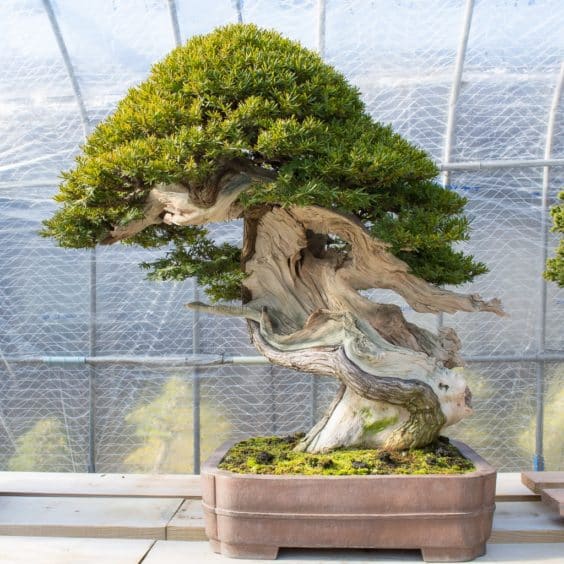
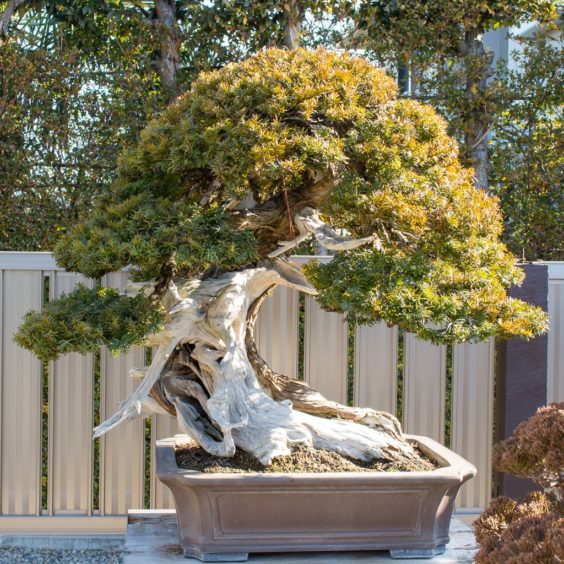
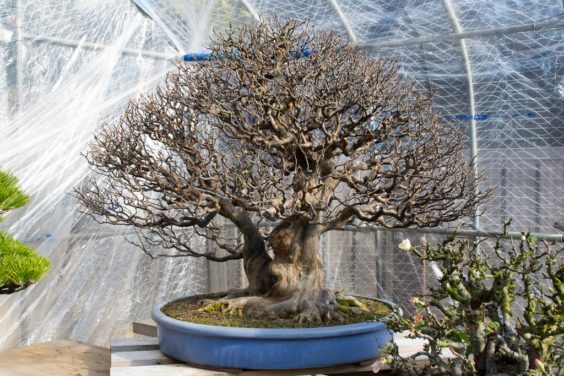
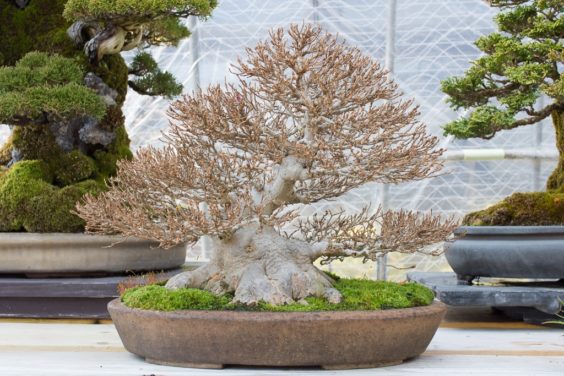
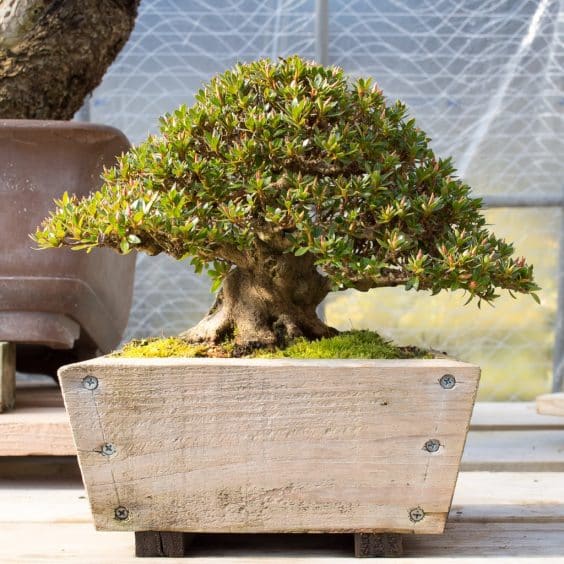
Ray says
He dies have some amazing, powerful trees big and small.
A master to be sure.
Per says
Amazing trees, all of them! How tall is the azalea in the last picture?
Jonas Dupuich says
Good question Per, am not sure – maybe around 7″